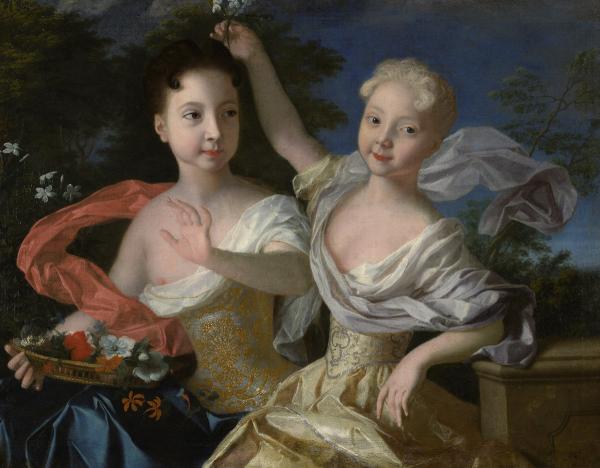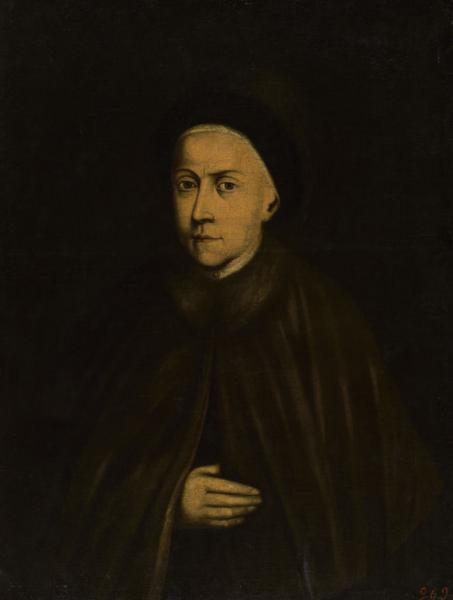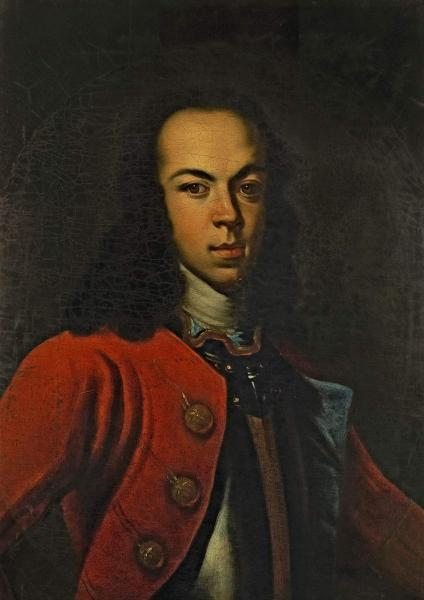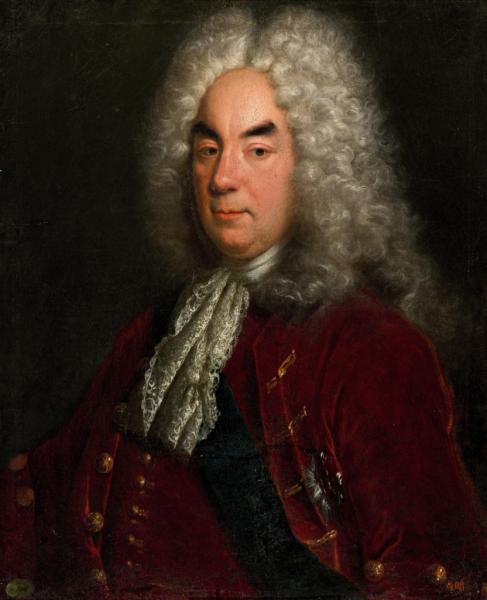The artist is Caravak

+ Virtual excursion &Laquyagilev. START&Raquo >>>
– Hide the text of a virtual tour &Laquyagilev. START&Raquo
A huge role in the formation of Russian portrait art was played by foreign masters, in particular, the Marseille painter Louis Caravakk, who came to Russia in 1716. He repeatedly wrote to Peter I and Catherine I, their daughters – Anna, Elizabeth and Natalia, as well as the children of Tsarevich Alexei – Natalia and Peter (later Peter II).
One of the best works of the master is the double portrait of the princesses Anna Petrovna and Elizabeth Petrovna. Creating it, the artist chooses a fashionable form of “costume portrait” for that time. And since the costumization during this period was an allegorical character, the princesses and princes were often depicted by Apollo, Diances and Flora. So nine -year -old Anna and eight -year -old Elizabeth are represented in the image of small flor. Elizaveta Petrovna raises a flower over the head of the older sister, which holds a basket with flowers on his knees. Gestures and facial expressions, costumes and situation, accessories and background in this portrait, create a kind and very expressive mixture of naivety and seriousness, ease and mannerism. The color spots here are large, powerful, bright, inherent in Russian painting, but the sophistication and gracefulness of movements, gesture, theatricalization of the image as a whole are more characteristic of Western European art.
I would like to note that young girls represented as adults look much older here. True, children were perceived at that time “little adults”. The portrait was written in 1717, and after two years the princesses will already be coming. In 1719, the French consul in Russia wrote to Paris to Louis XV: “The king expects to conclude a union with the king and convince His Majesty to accept the princess, his youngest daughter, a very beautiful and well -built person; It could even be called a beauty, if not for the reddish hair color, which, however, may change over the years, she is smart, very good and generous. The eldest princess is a poured portrait of the father-father, too economical for princesses and wants to know about everything. “. It is interesting that Peter’s daughters are depicted without royal attributes, as the hard canon of that time required, but simply in elegant dresses. But, apparently, this is not by chance, because the girls were born before the conclusion of the legal marriage of parents.
E.AT.Amphilokhiev, e.AT.Stankevich and N.AND.Fedorova. Materials for a virtual tour of the exhibition "Diaghilev. Start". 2009
Go to the beginning of the virtual tour “Diaghilev. START”
The portrait is mentioned in the “Notes” of Jacob Shtelin: “Under him [Peter I], Karavak wrote the imperial princesses Anna and Elizabeth in his youth” (Shtelin, 1990, with.45).
Tsarevna Anna Petrovna (1708-1728), (in the picture is depicted on the left)-the eldest daughter of Peter I and his second wife Ekaterina Alekseevna (nearean. Martha Skavronskaya; Since 1725 Empress Catherine I), Princess (1712), Cesarevna (1721). Since 1725 she was married to the Duke of Holstein-Gottorp Carl Frederick. Mother of the Duke of Karl Peter Ulrich (in Orthodoxy, Grand Duke Peter Fedorovich, later ruled under the name of Peter III).
Elizabeth I Petrovna (December 18/29, 1709, Kolomenskoye − December 25, 1761 / January 5, 1762, St. Petersburg) − Russian Empress (from 1741). The illegitimate daughter of Peter I and Martha Skavronskaya, therefore, when official consideration of the question of the throne of 1725−1730 has never been seen as one of the applicants. With the support of the guard, a coup d’etat was carried out, during which Ivan VI managed and ruler Anna Leopoldovna.
Reigned from November 25 / December 6, 1741 to December 25, 1761 / January 5, 1762. The 400th anniversary of the Romanov house. SPb, 2013. With. 110.
On the right – Elizaveta Petrovna (1709–1761/1762) – Russian Empress since 1741, daughter of Peter I and his second wife Ekaterina Alekseevna (nearean. Martha Skavronskaya; Since 1725 Empress Catherine I).


